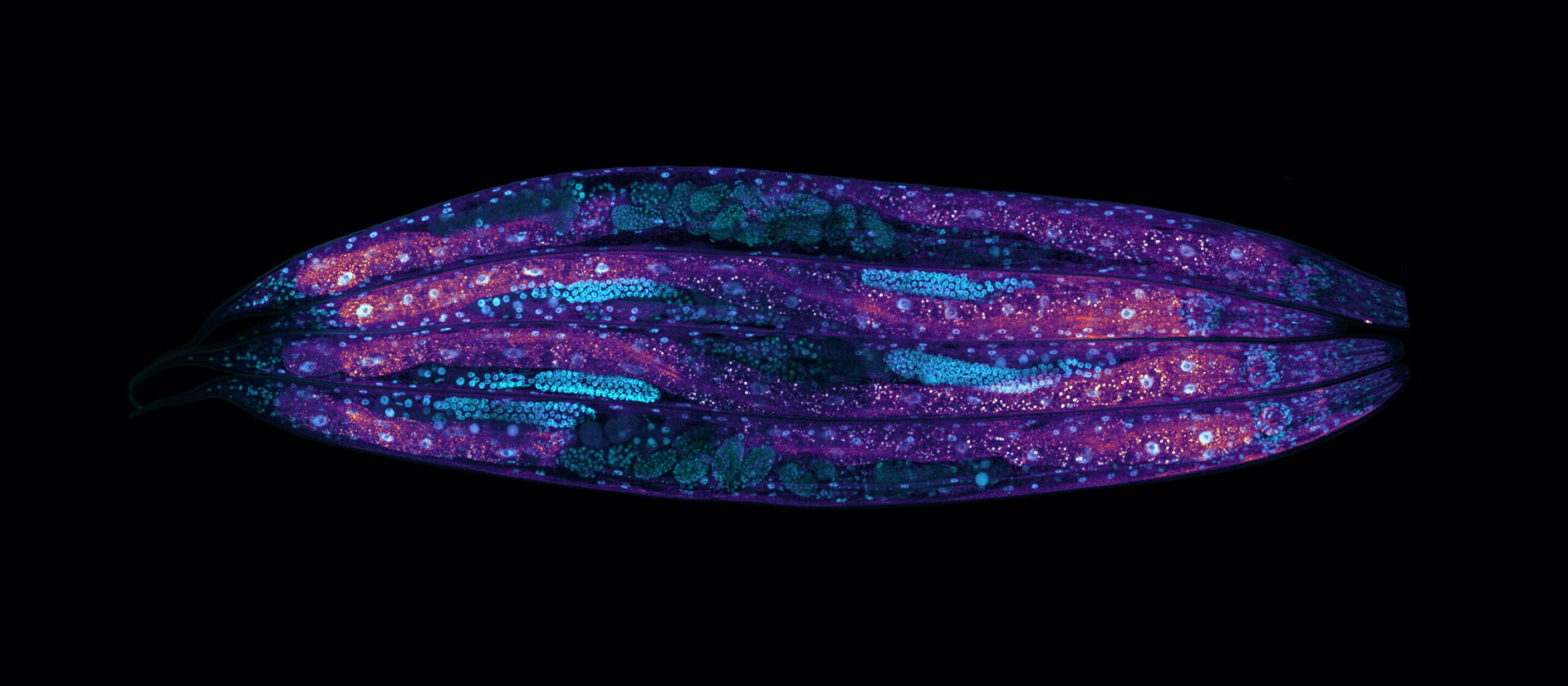How to get stuck with an epic side eye

A swallow looks like a hallucination of a fish. Her body is flat like a pancake, with her head permanently bent to one side, and instead of having one eye on each side of her head, both eyes are crowded on one side.
This anatomy, strange as it is, is one of the remarkable success stories of evolution. Flounder, like more than 800 other species of flatfish, lie flat on the sea floor, their two eyes peering up into the water. When a smaller fish passes by, a flatfish shoots and strikes. One species, the Pacific halibut, can grow to the size of a barn door.
The strange bodies of flatfish have long puzzled biologists. In fact, Charles Darwin’s critics used it as evidence against his theory of evolution.
In The Origin of Species, Darwin argued that natural selection favors small variations. Every small increase benefited an organism. Over countless generations, he said, these increases gradually added up to large-scale transformations.
Darwin’s critics rejected the idea that such changes could actually occur. St. George Jackson Mivart, a British biologist, used the flatfish as Exhibit A: It seemed unlikely that the slow movement of the eye around the fish’s head would be useful at any stage of the journey.
“How the individual can gain such a passage of an eye in a minute fraction of the journey to the other side of the head is not really clear,” wrote Mivart in 1871. The idea that natural selection could gradually create a flatfish , he added. “It seems to defy not imagination but reason.”
Darwin’s theory survived Mivart’s attacks, but the enigma of the flatfish remained. For decades, scientists were puzzled about what kind of ancestor they evolved from. Flatfish, halibut, sole, and all other flatfish had very similar bodies, indicating that they were closely related. But they were all so strange that it was impossible to identify their closest cousins.
The mystery began to unravel in the early 2000s, when biologists discovered that the flatfish’s closest genetic relatives were nothing like them. Their cousins included large, fast swimmers that spent their lives in the open ocean, including tunas, barracudas and marlins.
“It’s kind of shocking,” said Ricardo Betancur-R., a marine biologist at the Scripps Institution of Oceanography who discovered the link in 2013.
Flatfish DNA provided some clues as to how the transformation occurred. By counting the mutations that flatfish and their relatives had accumulated, the researchers could estimate when their evolutionary branches diverged. It turns out that flatfish and their fast-swimming cousins diverged not long after the Earth went through a major cataclysm 66 million years ago.
At that time, a 6-mile-wide asteroid slammed into the planet and turned the sky black, wiping out over half the species on both land and ocean. The mass extinction opened up ecological opportunities for the survivors. A surviving lineage split, with some individuals finding opportunities in the open ocean and others settling on the sea floor.
Flatfish DNA looks like what you’d expect if they evolved as Darwin predicted. Natural selection favored a series of mutations that gradually altered the body of an ordinary-looking ancestor, creating the flatfish anatomy.
Fossils are also providing insight into this transformation. In 2008, Matt Friedman, now director of the Museum of Paleontology at the University of Michigan, discovered that fossils of two early types of flatfish had eyes on both sides of their heads. But one of the eyes was near the top of the skull. The fossils documented exactly the kind of transitional form that Darwin predicted—and that Mivart claimed was impossible.
To understand how flatfish eyes changed so drastically, some biologists are watching flatfish eggs hatch and develop into adult fish. Larvae begin to look like ordinary fish. Only when they go through metamorphosis into adults does one eye migrate to the other side of the head. The fish are then placed at the bottom of the sea to lie in wait for their prey.
Hormones from the thyroid gland induce the larvae to undergo this metamorphosis. The hormones activate genes in the flatfish’s skull that cause it to change shape, helping to push one eye into a new position. Inside the eye itself, other genes stimulate the growth of neurons so that it stays connected to the brain as it travels to a new location.
New discoveries of flatfish have provided some answers to questions about their evolution – and led to new debates. In 2021, a team of researchers in China created a new evolutionary tree of flatfish by looking at 1,700 DNA segments in 13 species of flatfish and their relatives. The researchers concluded that the body of the flatfish evolved twice. One of these transitions created a group of flatfish species that live in tropical oceans, known as spiny turbots, and the other transition produced all other flatfish, including flatfish.
Dr. Friedman was skeptical. All flatfish share many of the same extreme variations in their anatomy, made possible by dramatic changes in their larvae. Dr. Friedman found it hard to believe that ordinary fish would acquire twice the strange body of the flatfish. “I’m pretty sure that innovation evolved once,” he said.
Because flatfish evolved so quickly after the asteroid hit 66 million years ago, their evolutionary tree was complicated to reconstruct. Dr. Friedman tried to do this with Dr. Betancur-R. and Emanuell Duarte-Ribeiro, an evolutionary biologist at the University of Basel in Switzerland. They focused on certain segments of DNA that they predicted would be more likely to provide a more accurate picture. They also expanded their analysis to compare more than 400 species of flatfish and their relatives.
Last month, researchers reported that their new analysis pointed to only one flatfish origin. “We are happy to find a single origin because it is the simplest explanation,” said Dr. Duarte-Ribeiro. “There are so many genes that are potentially involved in this transition that it is unlikely to happen twice.”
The Chinese researchers published a response in which they stood by their results. Three team members did not respond to emails seeking comment.
Dr. Betancur-R. and his colleagues are now gathering more data from flatfish DNA to see if their finding of a single origin holds up. “That’s what I think is going to happen,” he said. “But it’s hard to say, because these are hard problems.”





